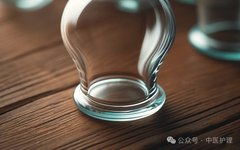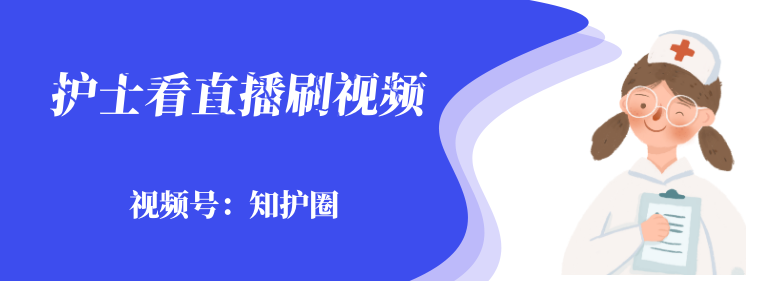
Introduction:
In today’s fast-paced life, many ancient healing methods are being rediscovered and revitalized. Cupping therapy, a time-honored TCM practice, is one such treasure. By creating localized negative pressure, cupping not only promotes blood circulation but also helps relieve pain and improve metabolism. This article will take you deep into the scientific principles and practical value of cupping, exploring how it has become a simple yet effective self-care method in modern life.
1. Historical Evolution of Cupping Therapy
The history of cupping can be traced back to ancient China, where early tools were made from animal horns and bamboo tubes. With technological advancements, cupping instruments have evolved from metal to ceramic and then to glass, with modern practices increasingly utilizing suction cups, squeeze cups, and electromagnetic cups. These innovations not only enhance operational convenience but also expand the range of conditions that cupping can address, evolving from traditional bloodletting to treating various internal and external diseases.
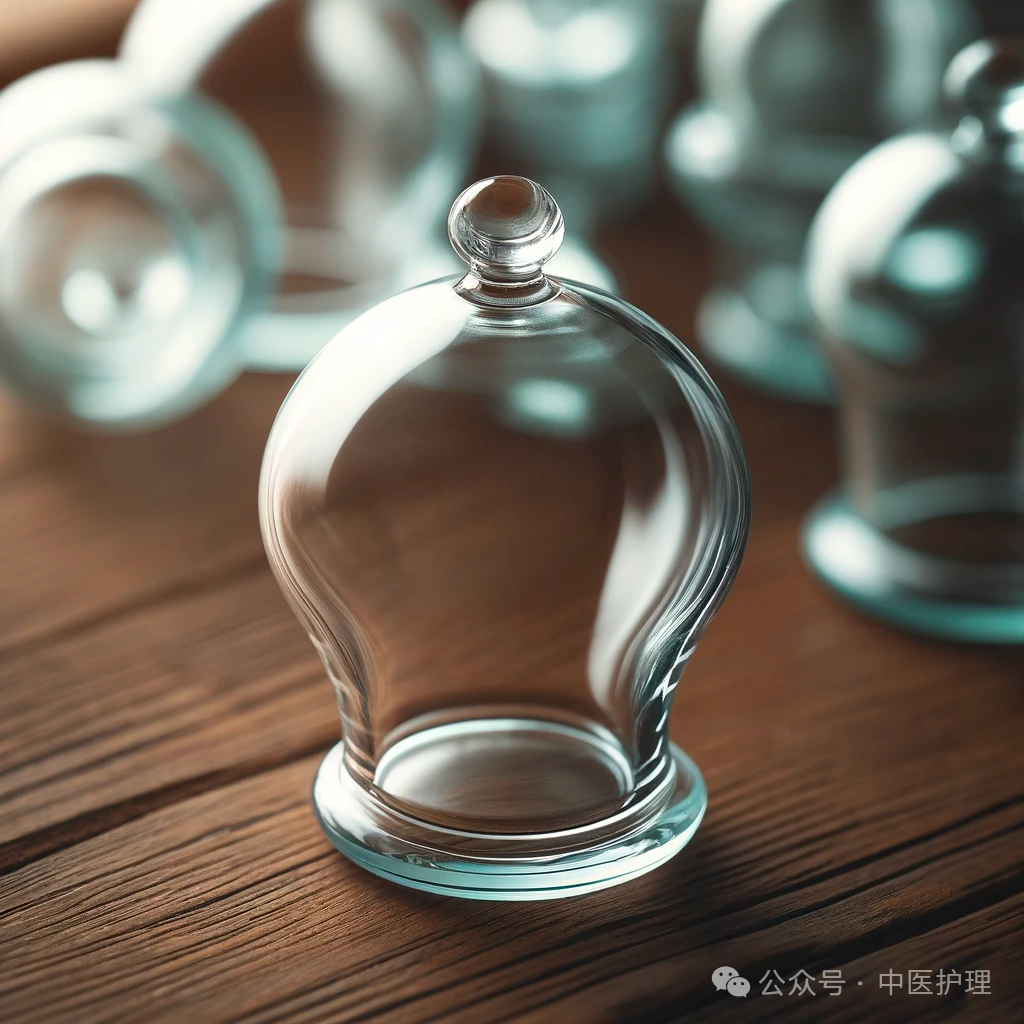
2. Treatment Principles of Cupping Therapy
Cupping therapy is a traditional TCM treatment method that promotes blood circulation and regulates the body’s qi (气) and blood (血) by creating negative pressure on the skin. Common types of cupping include fire cupping (火罐), water cupping (水罐), and air cupping (气罐), each with its unique indications and operational methods. The principles of cupping involve rapidly creating a negative pressure environment at specific points on the body, causing the skin and underlying tissues to be drawn upwards, resulting in a congestion response. This physical suction effect can:
1. Promote blood circulation: Cupping causes local blood vessels to dilate, increasing blood flow and improving the supply of blood and oxygen to local tissues.
2. Regulate nervous system function: It influences the nervous system through reflex actions, alleviating pain and relaxing muscles.
3. Promote metabolic detoxification: It accelerates metabolism, helping tissues eliminate metabolic waste and toxins.
4. Relieve muscle tension and pain: Through physical stretching, it reduces muscle pain and stiffness.
3. Characteristics and Advantages of Cupping Therapy
1. Wide range of indications: Cupping can treat various painful conditions, soft tissue injuries, and acute and chronic inflammation, particularly excelling in addressing wind-cold-damp bi syndrome (风寒湿痹) and organ dysfunction.
2. Significant and rapid effects: For certain pain symptoms, such as back pain and neck pain, cupping often provides quick relief for patients.
3. Easy to learn and use, convenient for promotion: The technique of cupping is simple to operate, with low learning costs, making it a common self-care method for families.
4. Economical and practical: Cupping equipment is simple and inexpensive, especially suitable for use in resource-limited areas or households.
5. Minimal side effects: When performed correctly, cupping has almost no side effects, making it a very safe treatment method.
4. Common Cupping Instruments and Their Characteristics
Throughout history, various traditional and modern cupping instruments have been used, such as animal horn cups, bamboo cups, glass cups, rubber cups, and new types like electric heating cups and magnetic therapy cups. Each type of cup has different materials, shapes, and usage methods, catering to different clinical needs.
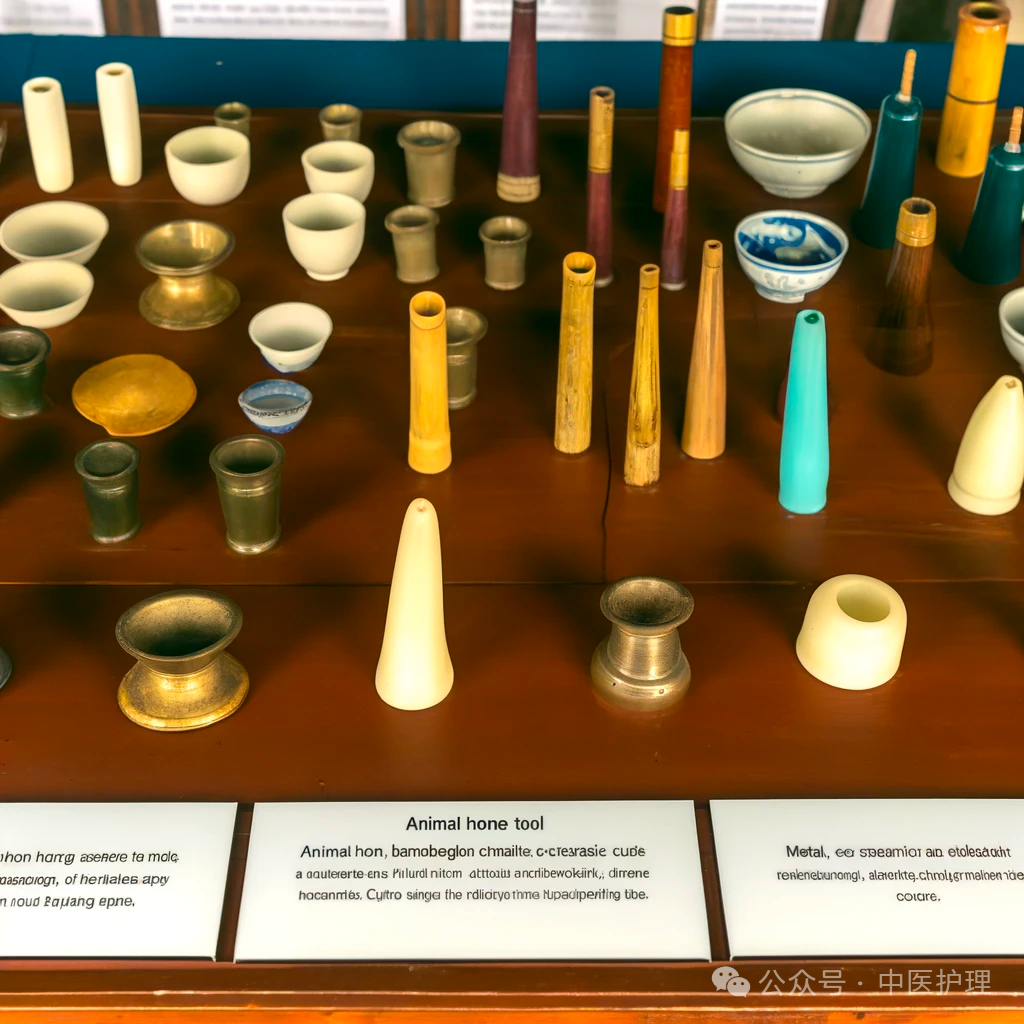
5. Detailed Steps and Precautions for Cupping Operation
1. Preparation before operation
Before starting cupping, first ensure that the patient is suitable for this treatment and has no contraindications such as skin diseases or pregnancy. Prepare all materials needed for cupping, including lubricants and instruments, and ensure they are thoroughly disinfected. Explain the treatment process in detail to the patient to alleviate their concerns and enhance their confidence in the treatment.
2. Choosing the appropriate position
The correct position is crucial for the effectiveness of cupping. Depending on the area to be treated, choose the most suitable position: supine for treating the front of the body and head; prone for the back; lateral for side and outer areas; and sitting for head and back.
3. Selection and disinfection of cupping instruments
Select appropriate cups based on the patient’s body type and treatment area. Thoroughly clean and disinfect the area to be cupped to ensure safety and hygiene. Use chlorine disinfectant or other disinfectants to soak the fire cups, with soaking time depending on the type of disinfectant and the material of the cups, generally no less than 30 minutes, then rinse thoroughly with running water and store in a sealed container.
4. Cupping operation
In a cold environment, preheat the cups appropriately to ensure they are at a moderate temperature to avoid burning the patient’s skin. Place the cups and quickly create negative pressure, continuously monitoring the patient’s response and adjusting the suction as needed. Depending on the size of the cups, cupping time usually ranges from 5 to 20 minutes.
5. Post-treatment handling
After cupping, carefully release the pressure inside the cups to avoid skin damage from rapid removal. Treat any blisters or bleeding that may occur from cupping, and if necessary, perform simple disinfection and bandaging. After treatment, allow the patient to rest in the clinic for 20 minutes to ensure they return to normal before leaving.
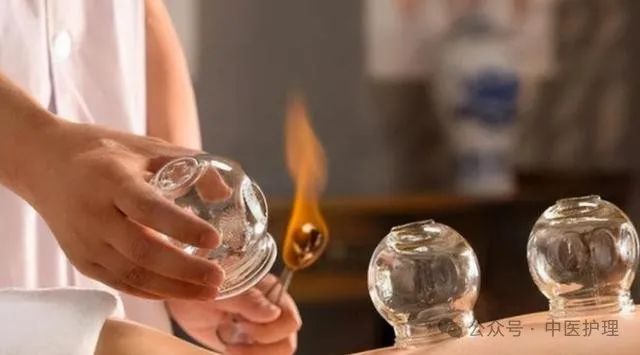
6. Indications and Contraindications for Cupping
Indications: Suitable for various acute and chronic conditions, including but not limited to back pain, neck pain, arthritis, and respiratory diseases.
Contraindications: Includes patients with skin diseases, pregnant women, and patients with blood disorders, as cupping may cause adverse reactions or worsen conditions in these cases.
7. Case Analysis: Treatment Experience of Mr. Chen
Before discussing the economic value of cupping, let us look at a specific case to see how cupping works in practice. Mr. Chen, a 45-year-old male, has a history of chronic bronchitis for 8 years. His main symptoms include frequent coughing with yellow and thick phlegm, especially severe in the morning upon waking and at night before sleeping, accompanied by sore throat and hoarseness. Despite trying various medications, the effects were not significant.
In this case, the method of bloodletting cupping (刺络拔罐法) was used for treatment, specifically selecting the Dazhui (大椎) and Quchi (曲池) acupuncture points. During the treatment, a syringe needle was lightly tapped on these points until multiple bleeding spots appeared. Then, cupping was performed at the same location until more blood spots surfaced on the skin, after which the cups were removed. Simultaneously, simple cupping was applied to the Fengmen (风门) and Feishu (肺俞) points, with each session lasting 10 minutes and performed once daily.
After three days of treatment, Mr. Chen’s cough and phlegm symptoms improved. After continuing treatment for half a month, his symptoms significantly alleviated. Months later, due to catching a cold, his symptoms worsened, but after using the same method for four days, his symptoms disappeared. This case not only demonstrates the potential of cupping in treating chronic bronchitis but also reflects that even in modern medical conditions, traditional treatment methods can still play an important role.
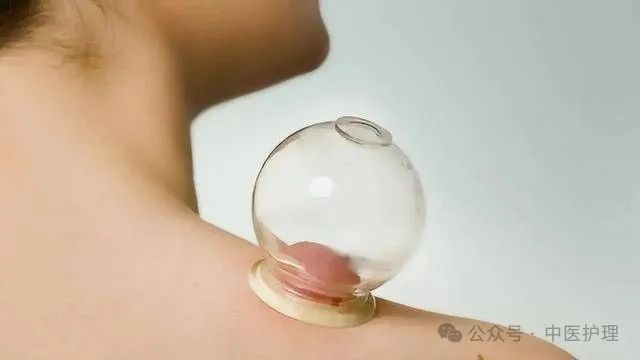
8. Economic Value and Promotion of Cupping
Cupping therapy, due to its low cost, ease of learning, and good efficacy, is particularly suitable for promotion in resource-limited environments. Additionally, as a treatment method that does not require complex equipment, cupping is easy to popularize in households, becoming an effective means of self-care for people.
Cupping therapy is a time-honored traditional medical technique that is simple, economical, and effective. Proper learning and application of cupping therapy can not only improve quality of life but also effectively prevent and treat various diseases. A deeper understanding of the scientific principles and practical value of cupping allows this ancient treatment method to provide greater health benefits.
Author: Cheng Xia
Recommended Reading
Library:Exclusive quality library for nurses
Video Channel: Nursing tips and expert live broadcasts
Book Purchase:Nursing books, click “Read the original text” below
Question Bank:New guidelines, new consensus, new standard practice questions
Follow: WeChat public account categorized by nursing departments

